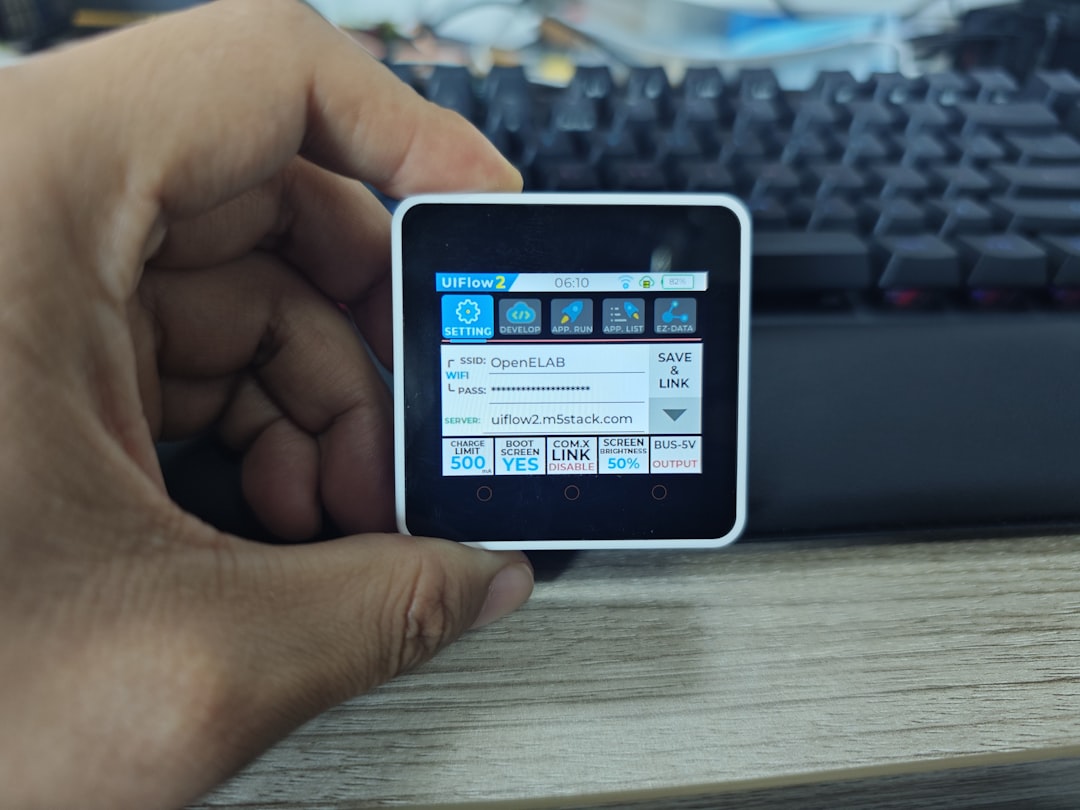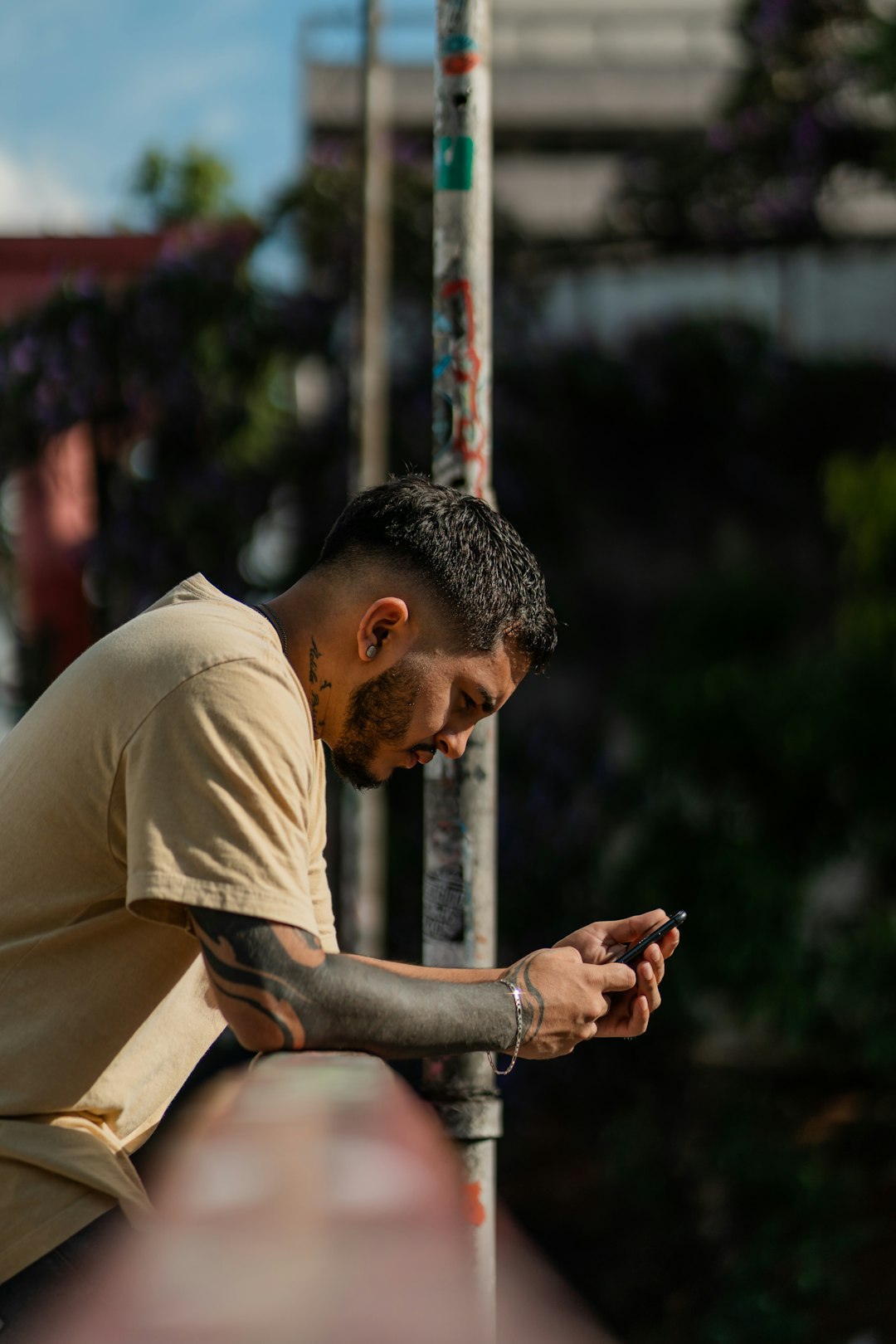Have you noticed a decline in engagement on your Instagram posts or feel like you’re losing followers but aren’t sure who or why? You’re not alone. With over a billion users, Instagram is a bustling hub of activity and competition. Tracking who unfollows you can provide insight into your content’s effectiveness and help evaluate your followers’ interests. Whether you’re managing a personal brand or a business account, knowing how to track unfollowers on Instagram easily is crucial for understanding and managing growth.
Why Knowing Your Unfollowers Matters
You might wonder: Does it really matter who unfollowed me? Well, in many cases, the answer is yes. Monitoring unfollowers can help you:
- Identify issues with your content – Sudden drops in followers after a specific post may indicate that your audience didn’t resonate with it.
- Maintain a quality following – Avoid falling into the trap of vanity metrics. It’s better to have fewer engaged followers than thousands of inactive ones.
- Keep an eye on competitors or influencers – Noticing if competitors unfollow you can provide business insight into changing market dynamics or partnerships.
Instagram doesn’t notify you when someone unfollows you, nor does it provide a dedicated feature to track them. Fortunately, various workarounds and tools exist to help you do it efficiently.
Manual Tracking Method
If you’re just curious or dealing with a small following, a manual check could suffice. Here’s how to do it:
- Take screenshots periodically of your followers list or write down the usernames manually.
- Compare your current list with previous screenshots or records.
- Notice the missing names, and you’ll know who has unfollowed you.
This approach is time-consuming and only practical for accounts with fewer followers. If you’re running a brand or influencer account with thousands of followers, you’ll need a more scalable solution.
Using Third-Party Apps and Tools
Third-party tracking apps are the easiest and most user-friendly way to monitor who unfollows you. These tools automatically track changes in your followers list so you don’t have to.

Popular Instagram Unfollower Tracking Apps
Here are some of the most reliable apps to consider:
- Followers & Unfollowers (Android/iOS): This app shows you who unfollowed you, who you don’t follow back, and who doesn’t follow you back. It’s a simple and intuitive app for daily tracking.
- FollowMeter: Offers detailed analytics such as who viewed your stories and who unfollowed you. It even gives engagement metrics like most liked posts and top commenters.
- Followers Tracker Pro: A paid app that provides a more in-depth analysis, including ghost followers and new followers reports.
Using these apps involves linking your Instagram account, so make sure you:
- Read reviews and app ratings on the App Store or Google Play before downloading.
- Choose apps that assure data privacy and don’t ask for unnecessary permissions.
- Avoid giving login credentials to unknown or unsecured platforms.
Instagram Creator and Business Account Insights
If you manage a creator or business profile, Instagram offers analytic tools directly through its Insights feature. Though it doesn’t tell you exactly who unfollowed you, it offers data on:
- Weekly follower gains and losses
- Overall engagement trends
- Reach, impressions, and content performance
To view these:
- Go to your Instagram profile.
- Tap on Insights.
- Review the Audience section to see follower growth.
This method won’t provide individual usernames, but it’s excellent for tracking overall trends and adjusting your strategy accordingly.
The Best Practices for Maintaining Followers
While tracking unfollowers is good, preventing them is even better. Here’s how you can keep your followers engaged and loyal:
- Post consistently – Staying active keeps you in your followers’ feeds and minds.
- Create high-quality, engaging content – Don’t just post for the sake of it. Make sure your content adds value, whether it’s motivational, educational, or entertaining.
- Engage with your audience – Reply to comments, DMs, and regularly interact with your followers’ content.
- Use relevant hashtags to reach a wider yet targeted audience.
- Avoid spammy behavior – That means no follow/unfollow tactics, excessive posting, or irrelevant tagging.
Limitations and Risks
While tracking unfollowers may seem useful, it’s not without its limitations:
- Instagram API limitations: Many third-party apps often become outdated or blocked due to changes in Instagram’s API policies.
- Data security concerns: Any app that asks for your login credentials may pose a risk to your account’s privacy.
- Emotional toll: Constantly monitoring who unfollows you can lead to unnecessary stress or discouragement, particularly for personal accounts.
Consider whether you really need to monitor unfollowers or if your time is better spent creating and sharing content you’re proud of.

What to Do When You Notice a Drop in Followers
If you start losing followers consistently, don’t panic. Use it as an opportunity to re-evaluate your strategy. Here’s how:
- Audit your recent content: Did any posts diverge from your usual style? Did something come off as controversial?
- Check engagement rates: Sometimes followers leave if they feel disconnected. See if likes, comments, or shares are taking a dip.
- Ask for feedback: Use Instagram Stories or polls to learn what kind of content your audience wants to see more of.
Conclusion
Tracking unfollowers on Instagram doesn’t have to be a daunting task. Whether you choose to do it manually, use third-party apps, or rely on insights from a business account, the key is using the data to improve your content and connection with your audience.
Remember: Follower count is just one metric. Focus on building a strong, engaged community rather than getting caught up in numbers. With the right tools and mindset, you’ll be well-equipped to grow your Instagram presence mindfully and effectively.
 logo
logo

